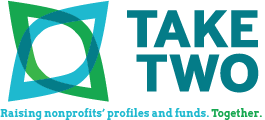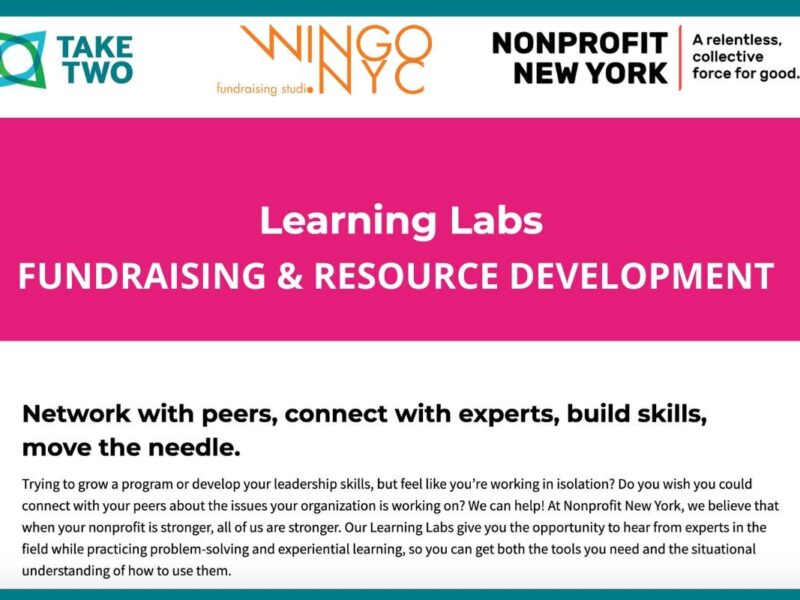No Better Time Than Now! Coordinate Your Nonprofit’s Development & Communications Efforts
The time is now. Really.
Don’t spend another day without coordinating your nonprofit’s development and communications efforts.
If you’re (still) not sure why, answer these three simple questions:
Q1: What’s the end goal of your development efforts?
A: Umm, is that a trick question? To raise money, of course.
Q2: What’s the end goal of your communication efforts?
A. Raise awareness of your cause.
B. Change hearts and minds.
C. Engage people in your organization’s mission.
D. Inspire action.
E. All of the above.
Q3: Are goal one and goal two mutually exclusive?
- Yes.
- No.
If you fall into the tiny percentage of nonprofits that rely exclusively on say, government funding, or the lottery, and therefore (arguably) don’t have to raise funds from any other source, you’re in a lucky minority. But for everyone else, the goals of raising funds and raising awareness (and the rest of the list) overlap. Especially so, in today’s world of online fundraising. That’s the simple reason to integrate communications and fundraising strategies.
But why at this precise moment?
Simply put: it’s the start of the year, and in our view, time to put your planning and ideas into action. You know that whatever you lay out for your programs has implications for development and communications. So coming together at the start of the year is a must to identify opportunities for opening hearts, minds, and wallets.
Here are three ways your communications and development team can come together this month:
- Mapping out your communications calendar for the year, including defining your targeted campaigns, the content you need, your team (staff and volunteers), and the right type of media (video, for example) to deliver your messages. Your communications reach donors, volunteers, and constituents – so the need for integration of your efforts here is crystal clear.
- Putting together an arsenal of visual proof of the impact of your work – photos from programming, events, policy advocacy and organizing efforts, and videos featuring success stories from your work. Your communications and development teams will benefit from this arsenal all year long – using them in e-mail newsletters, reports and proposals to funders, and more.
- Developing a consistent message for supporters reached through communications and development efforts – e-mail newsletters and website content reach a broader crowd then major donor or institutional donor efforts. But, many times, these crowds and audiences overlap. Bring your communications and development teams together to come up with a consistent message on accomplishments in 2013, vision and plans for 2014, and ways to get involved and support your efforts. That way, no matter how donors come in contact with you, they can put together a vivid picture of what you’re trying to accomplish.
January may almost be at an end, but it’s the start to the rest of the year. So whether today, tomorrow, this week or next, find the time to sit your communications and development staff down and coordinate your efforts for the year. Why wait?





